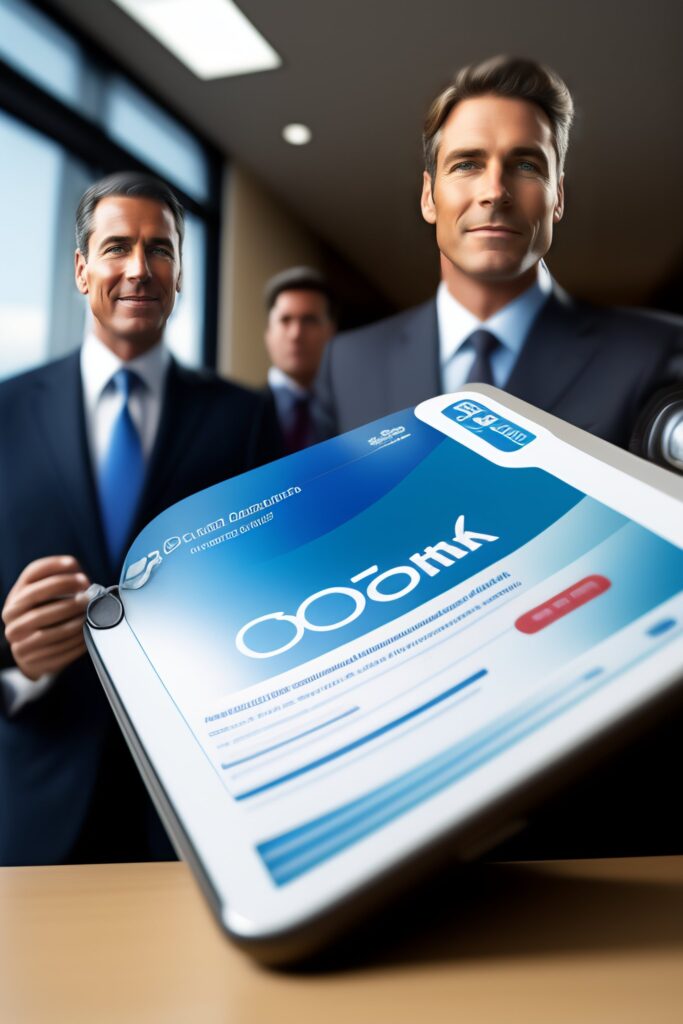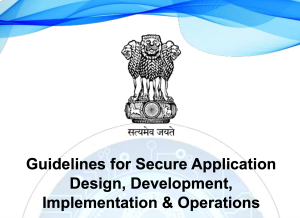
Introduction: ISO 27001 is an internationally recognized standard for information security management systems (ISMS). It provides a framework for organizations to establish, implement, maintain, and continually improve their information security practices. Implementing ISO 27001 can help organizations protect their sensitive data, manage risks effectively, and demonstrate their commitment to information security. In this guide, we will outline nine steps to successfully implement ISO 27001.
Step 1: Obtain Management Support Obtain support and commitment from top management to ensure resources, time, and personnel are allocated for the implementation process. Management support is crucial for establishing a culture of information security throughout the organization.
Step 2: Define the Scope Define the scope of your ISMS implementation. Identify the boundaries of the information security management system, including the departments, processes, and systems that will be covered. Consider the organization’s objectives, legal and regulatory requirements, and the needs of stakeholders.

Step 3: Perform a Risk Assessment Conduct a thorough risk assessment to identify and assess the risks to your organization’s information assets. Evaluate the likelihood and potential impact of each risk. This assessment will provide the basis for implementing appropriate security controls to mitigate identified risks.
Step 4: Develop the Statement of Applicability Based on the risk assessment, develop a Statement of Applicability (SoA). The SoA outlines the selected controls from Annex A of the ISO 27001 standard that are applicable to your organization. It serves as a roadmap for implementing the necessary security controls.
Step 5: Develop Policies and Procedures Develop information security policies and procedures that align with the requirements of ISO 27001. These policies should address areas such as access control, incident management, risk assessment, and employee awareness. Document these policies and ensure they are communicated, understood, and implemented across the organization.

Step 6: Implement Security Controls Implement the security controls identified in the SoA. These controls may include technical measures (e.g., encryption, access controls), organizational measures (e.g., employee training, incident response), and physical measures (e.g., secure facilities). Ensure that the controls are implemented effectively and integrated into existing processes and systems.
Step 7: Conduct Staff Training and Awareness Programs Train employees on information security policies, procedures, and their roles and responsibilities. Raise awareness about the importance of information security throughout the organization. Regularly update and reinforce security training programs to address new threats and vulnerabilities.
Step 8: Monitor and Measure Performance Establish a monitoring and measurement system to assess the effectiveness of your ISMS. Define key performance indicators (KPIs) and regularly monitor them to identify areas for improvement. Conduct internal audits to ensure compliance with ISO 27001 requirements and identify any non-conformities or gaps.

Step 9: Continual Improvement Continually improves your ISMS based on the findings from monitoring, audits, and incident management. Implement corrective and preventive actions to address identified weaknesses or non-conformities. Regularly review and update your ISMS to align with changing business needs, technological advancements, and evolving security threats.
Implementing ISO 27001 requires a systematic and structured approach. By following these nine steps, organizations can establish a robust information security management system that aligns with international best practices. It is important to remember that ISO 27001 implementation is an ongoing process that requires commitment, regular review, and continuous improvement. By achieving ISO 27001 certification, organizations can demonstrate their commitment to information security and gain a competitive edge in the market.





